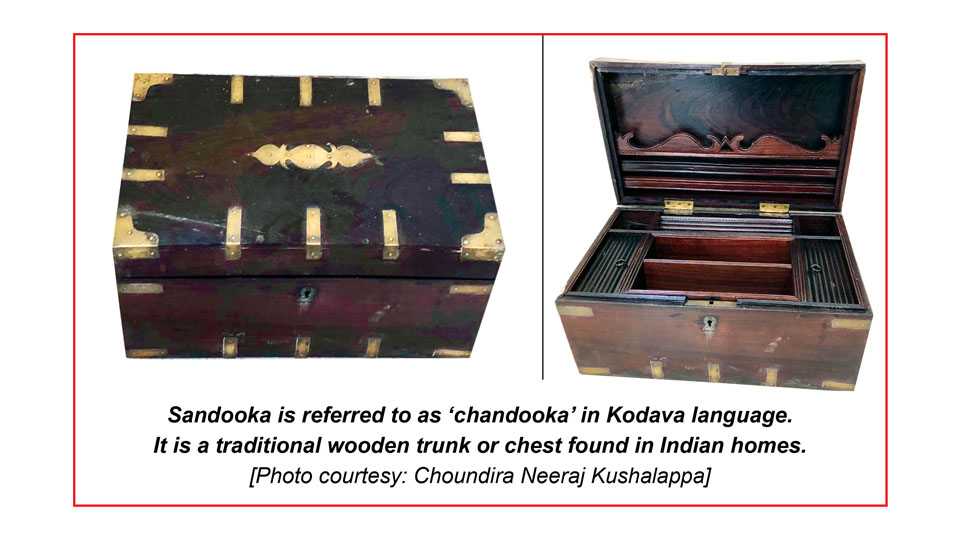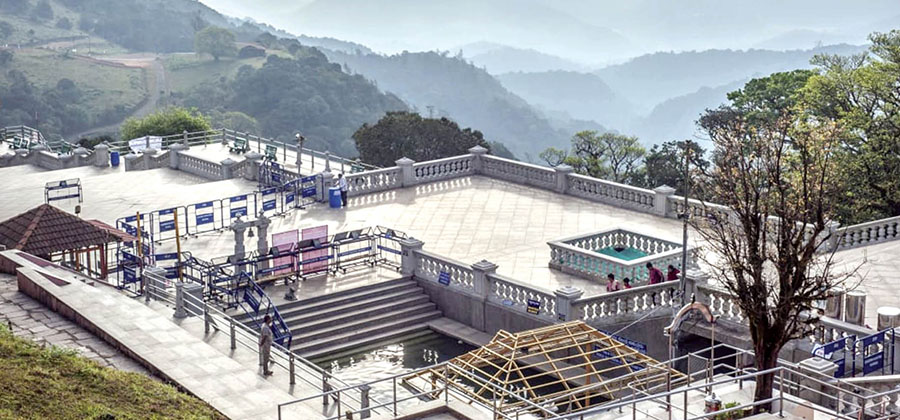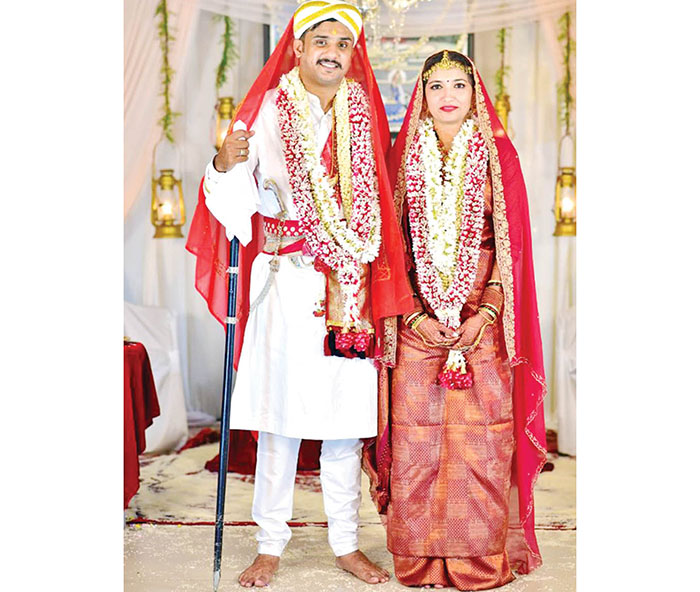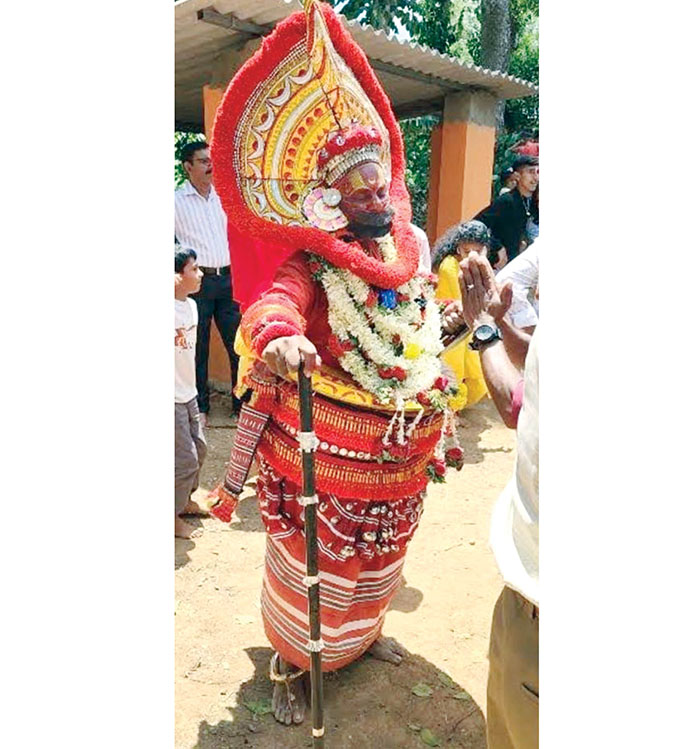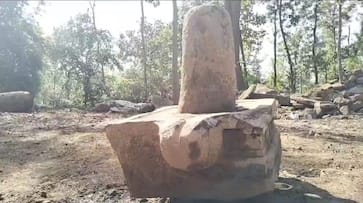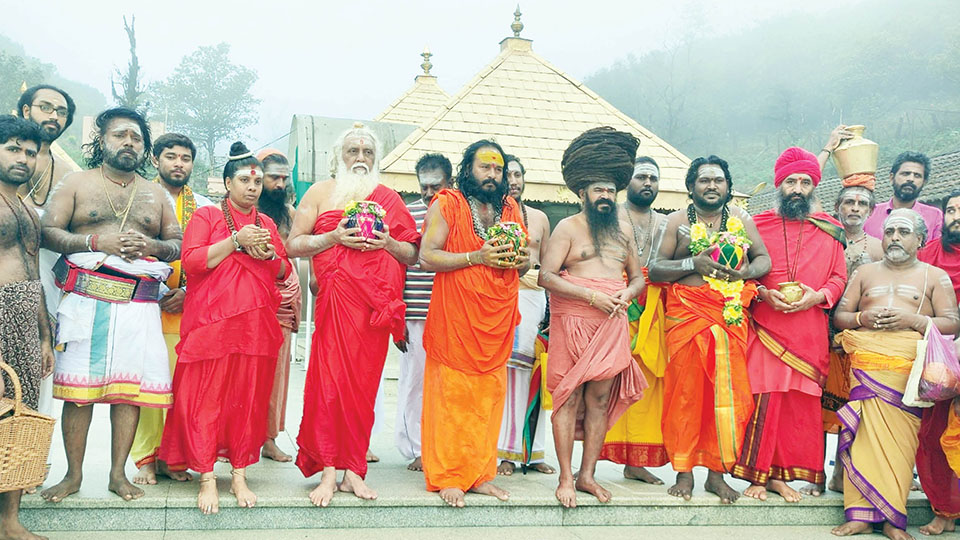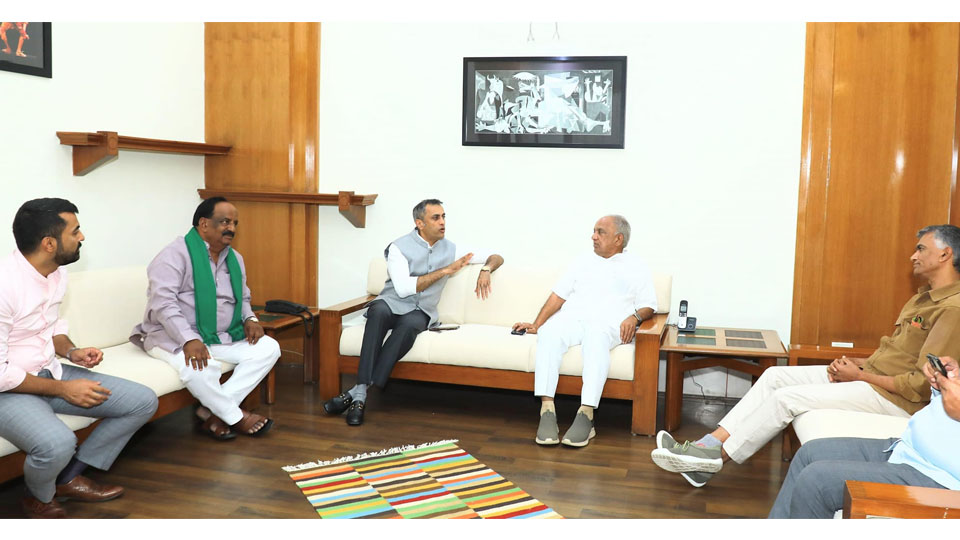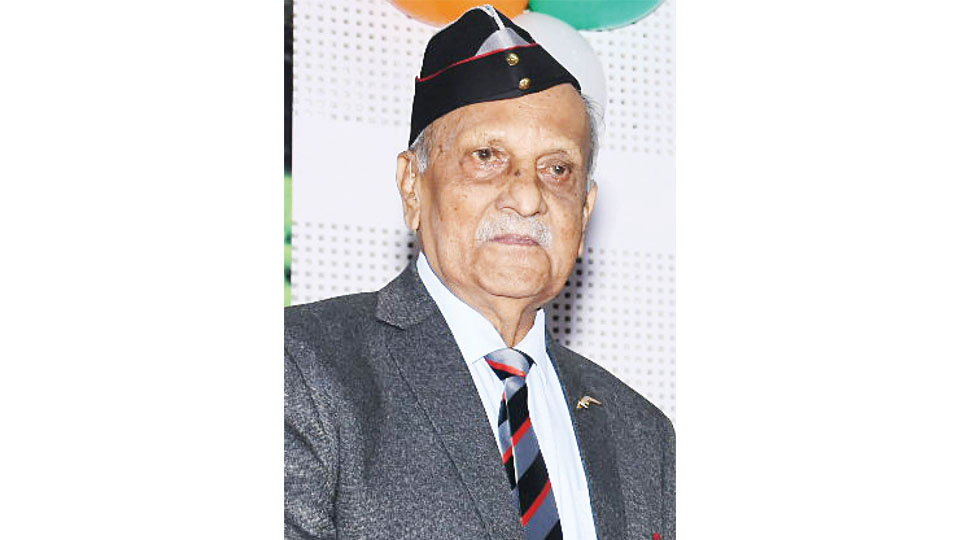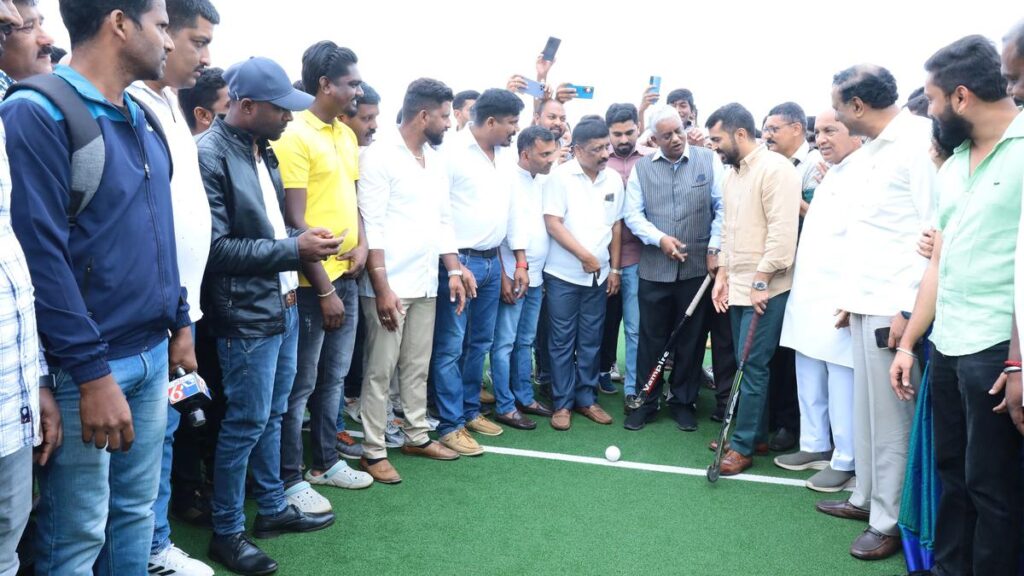The new member in the family has been named Conjoined Silverline (Cigaritis conjuncta) based on fused spots and bands on the underside of wings, and shiny silver lines in the centre of those bands.
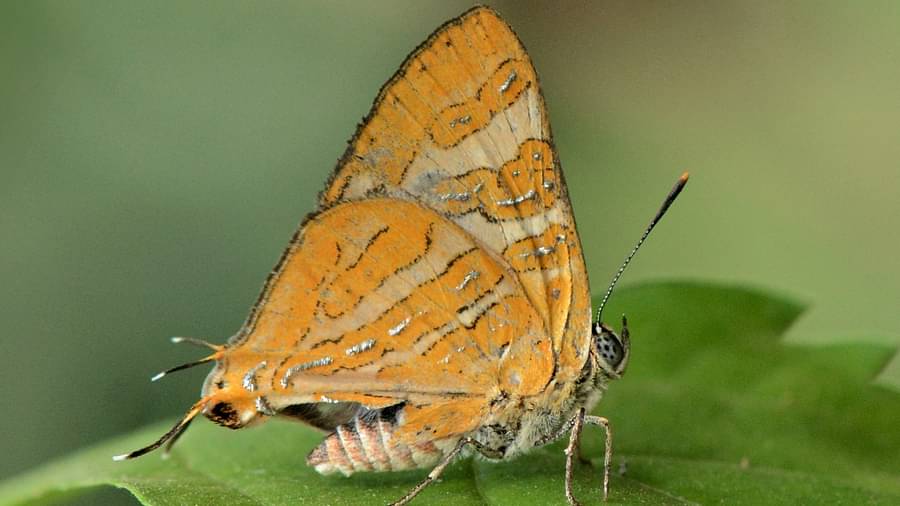
New Delhi:
Biologists in Bengaluru on Wednesday reported discovery of a new butterfly species in the Western Ghats, underlining the potential of one of the world’s biodiversity hotspots to spring a surprise even after decades of exploration.
The butterflies were first seen in the Iruppu Falls area of the Brahmagiri Wildlife Sanctuary way back in 2008 but was studied extensively when a large number of them were spotted in the Honey Valley two years ago. Both of the locations are in Kodagu.
Researchers at the National Centre for Biological Sciences and Indian Foundation for Butterflies spotted 30 of them within a 100 mt stretch and extensively studied five males and four females to conclude that such butterflies are distinct from other similar species.
“The stunning part of the discovery was that this species was never seen. It was neither in the museums nor in the literature. Our naturalist friends found them in a coffee plantation. This is the first new butterfly species reported from the Western Ghats in the last four decades,” Krushnamegh Kunte, associate professor at the NCBS and corresponding author of the study, told DH.
Kunte saw the species for the first time in 2008 but could not study it as he did not have a collection permit to capture the sample. For the next 13 years, the species eluded the scientists.
The new member in the family has been named Conjoined Silverline (Cigaritis conjuncta) based on fused spots and bands on the underside of wings, and shiny silver lines in the centre of those bands.
“We expect it to be more widely distributed, occurring in other forests of Kodagu and the central Western Ghats of Karnataka, possibly extending as far south in the Western Ghats as the hill ranges of Tamil Nadu (Nilgiris) and southern Kerala (up to Peppara wildlife sanctuary),” the scientists reported.
Despite barely having the size of a one-rupee coin, the species is extremely valuable to conservationists as it is endemic to mid-elevation evergreen forests of the Western Ghats mountains. The two sites where they have been located are at an elevation of 900 meters (Iruppu Falls) and 1,300 meters (Honey Valley).India houses more than 1,400 species of butterflies, but very few new ones have been discovered in the last few decades.
The new ones are active on sunny days from early in the morning to afternoon. Both sexes rest on shrubbery while some males take up vantage points nearly 3 metres off the ground.
The males bask with wings opened up halfway, and females also apparently do so, similar to other Cigaritis species. Males appear to be more active in sunny patches, and therefore more readily detected, compared with females.
“The discovery is a testament to the state’s unparalleled biodiversity, its unfolding scientific potential and the strong protection that butterflies and other wildlife enjoy in the state,” the Karnataka Forest Department, which supported the research, said in a statement.
The study appeared in Zootaxa.
source: http://www.deccanherald.com / Deccan Herald / Home> Science / by Kalyan Ray, DHNS / January 11th, 2024
